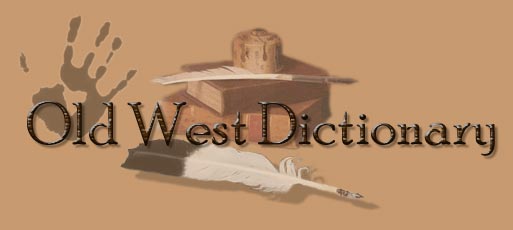| |
"The
Indian way of keeping the body clean"
The white man back in the colonization days who characterized the Indians
as untidy and stinky, was very wrong. Because the Indians were very
cleanly, while the people in the "Civilized" Europe improved
their body odour with perfume and powder and dressed up them self with
knickknacks-jewellery, tiepins and such, without having a wash before,
the Indians toke regular bath. They used to take bath in rivers and
lakes and scrubed their body with the leave of an certain kind of fern,
which gave away an purify foam. Even brushes made out of grass and reeds
were used.And even vapourbath similar to the finnish sauna, were well
known conceptions to the Indians.
"Headgear"
The headgear an Indian use to to wear often unveild what tribe he belonged
to and what status he had. The SiouxIndians in Dakota for instance had
an panache, were every feather had an special meaning. A red feather
ment a dead enemy, a feather divided in two ment that the bearer had
been wounded in battle. Many Indians used a furcap during the winter,
and decorated them with feathers and ribbons. The Medicine man and the
Chiefs sometimes put horns on their furcap.The Apaches never used anything
than the band around their forhead.
"Squaw and Papoose"
Both terms is from the Narraganset and means "Woman and Child".
the white man thought that Squaw ment wife and this apprehension got
spread out to other Indian tribes. The squaw lived a very hard life,
she was the one who carryed out all the heavy work. But she was by no
means the humble and timid maid as the white man thought she was. She
had alot to say and toke part in, like with the Irokes, in the tribe
council. The Indians liked children very much, they seldom killed their
enemies children, not even the whites, instead they prefered to adopt
them.
"Siouxgraves"
The dead were wraped up in hides, and were tied up with shreds. They
were buried with their most precious belongings and weapons. The rifle
were wraped up with the dead and then they were put up on a platform
made out of wooden poles, were they also put up the dead mans shield.
Some tribes even put up food because they belived that the dead would
need it on the other side.
"The Totem pole"
Totem poles were made by tribes living on the Northwest Coast and skilfully
carved from Cedar trees. These tribes livied in large wooden family
houses and the poles were originally internal house posts carved with
family crests. They were later used to line house fronts, guard burial
grounds and stand as sentries at the edge of villiages. Each totem of
crest pole is a unique visual record of the owners family ancestry.
The symbols were the thunderbird, bear, raven, wolf, whale, frog, beaver
and man. These figures often had a combination of animal and human features.
Before carving the totem pole the artist would make a small model of
the sculpture to pbtain the approval of the person commissioning the
pole.
"The Native American Red Dye"
The
red color used to dyeing the British uniform in the revolutionary war
was made by a substance known as cochineal, made out of Cactus-eating
insects. It was an important export from the new world in the 16th Century.
|


 bravenet.com
bravenet.com